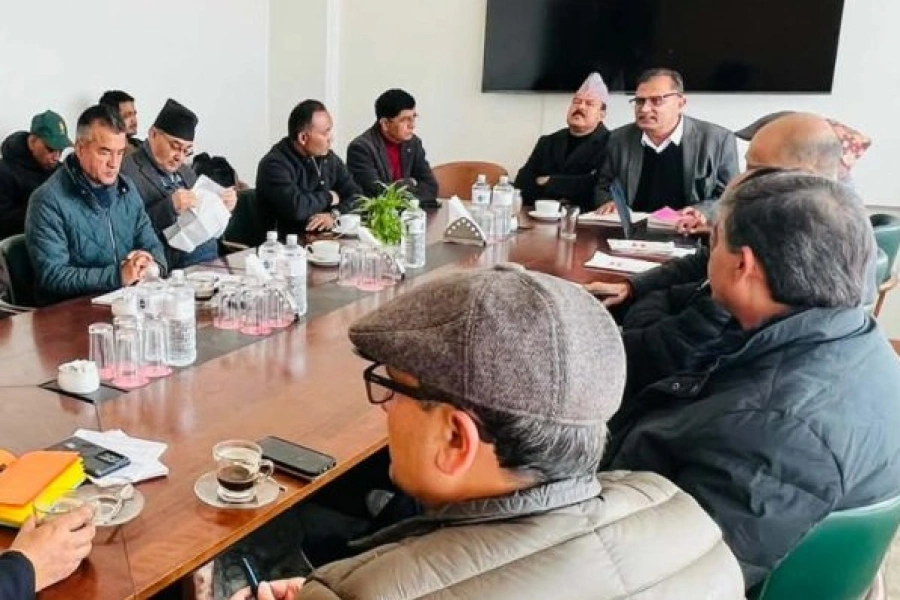File photos/ Republica
KATHMANDU
Sithi Nakha is celebrated on the sixth day of the waxing moon, according to the lunar calendar, in the Nepali month of Jestha/Asar. This year it has fallen on Wednesday, June 16.
According to Hindu mythology, it is said that the day is dedicated to Lord Kumar Kartikeya, the first son of Lord Shiva and Goddess Parvati. Another name for the day is Kumar Shashthi. Sithi Nakha is also the day of Lord Kumar's birthday, the beginning of rice-planting season, the day for cleaning wells and the conclusion of the Newah people's Dewali worship.
Here are some interesting facts about Sithi Nakha based on the book 'The Festivals of Nepal' by Mary M Anderson where few of the activities are not practiced these days:
1. Before 1870, a stone-throwing fight would be organized on this day, wherein the inhabitants would meet on a river bank and hold a great feast. Then they would get separated into two groups and pelt rocks and stones at each other. For those on either side who would be injured, captured or defeated would be offered to Goddess Kali in bloody human sacrifices. It is said this dangerous game was abolished by Prime Minister and Maharaja Jung Bahadur Rana around 1870, when a non-participating onlooker, British Resident Colvin, was struck by a flying stone.
Cultural significance of Sithi Nakha

2. Many perform the rite of cleaning wells to propitiate the Mother Earth deities, especially Basundhara, Goddess of Agriculture, who is worshipped before any well or watering place is dug.
3. Another tradition is that all construction should be completed by the Sithi Nakha Day lest calamity befall the project-usually coming in the form of monsoon rains which quickly undermine unfinished mud-brick buildings.
4. Kumar Jatra is held the day following his birth, the seventh day of the waxing moon at his temple near Jaisidewal in Kathmandu.
5. Kumar is represented as a red circle traced on the ground before the doorway where the earth has been purified with a mixture of red mud and cow dung. In this sacred circle is drawn a lotus of six petals representing Kumar-Kartikeya, whose six different faces portray in turn the one who illuminates the world and removes ignorance, the one who grants boons to his devotees, protects the fire sacrifice, reveals the knowledge of self, destroys evil demons, and looks lovingly upon the face of his bride. On this day religious ceremonies are performed with the offering of six types of cakes, six types of bread, vegetables and grains, all placed within his sacred symbol.
6. Sithi Nakha also marks the end of the one-month Dewali period, when Newahs of related ancestry gather for great feasts and complicated rituals to honor their family gods and goddesses.
7. This day is chosen for the cleaning of water bodies because the serpent deities themselves are away performing their ancestral Dewali worship. Thus the wells can be cleaned with lime when disturbing the Snake Gods can be avoided.
8. Miniature paper windmills are fixed on rooftops to spin in the breeze, or made to whirl by little boys as they run through the streets. This windmill on Kumar's day is symbolic of the end of evil times and the ushering in an era of righteousness.


































